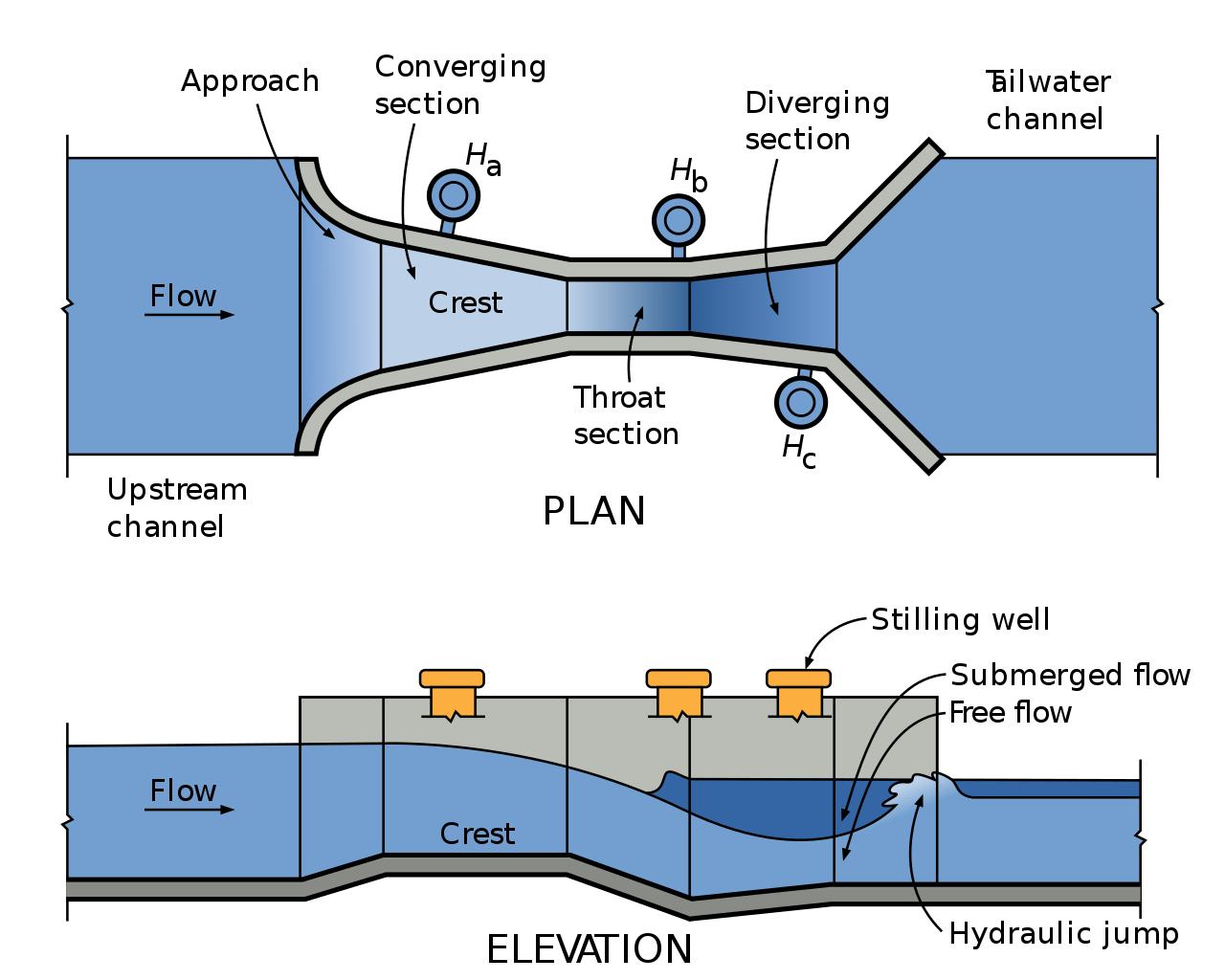Since the beginning of irrigated agriculture, it has been important to measure flows of irrigation water. Accuracy of early water measurement methods often suffered because of trash or sediment in the water, or unusual flow conditions. Ralph L. Parshall saw this problem when he began working for the USDA in 1915, as an irrigation research engineer. In 1922 he invented the flume now known by his name. When this flume is placed in a channel, flow is uniquely related to the water depth. By 1953 Parshall had developed the depth-flow relationships for flumes with throat widths from 3 inches to 50 feet. The Parshall flume has had a major influence on the equitable distribution and proper management of irrigation water. Thousands of flumes have been used to measure irrigation water, as well as industrial and municipal liquid flows throughout the world. This plaque marks the site of the original Colorado Agricultural College Hydraulics Laboratory, where Parshall carried out his historic experiments. Dedicated By The American Society of Agricultural Engineers 1985



